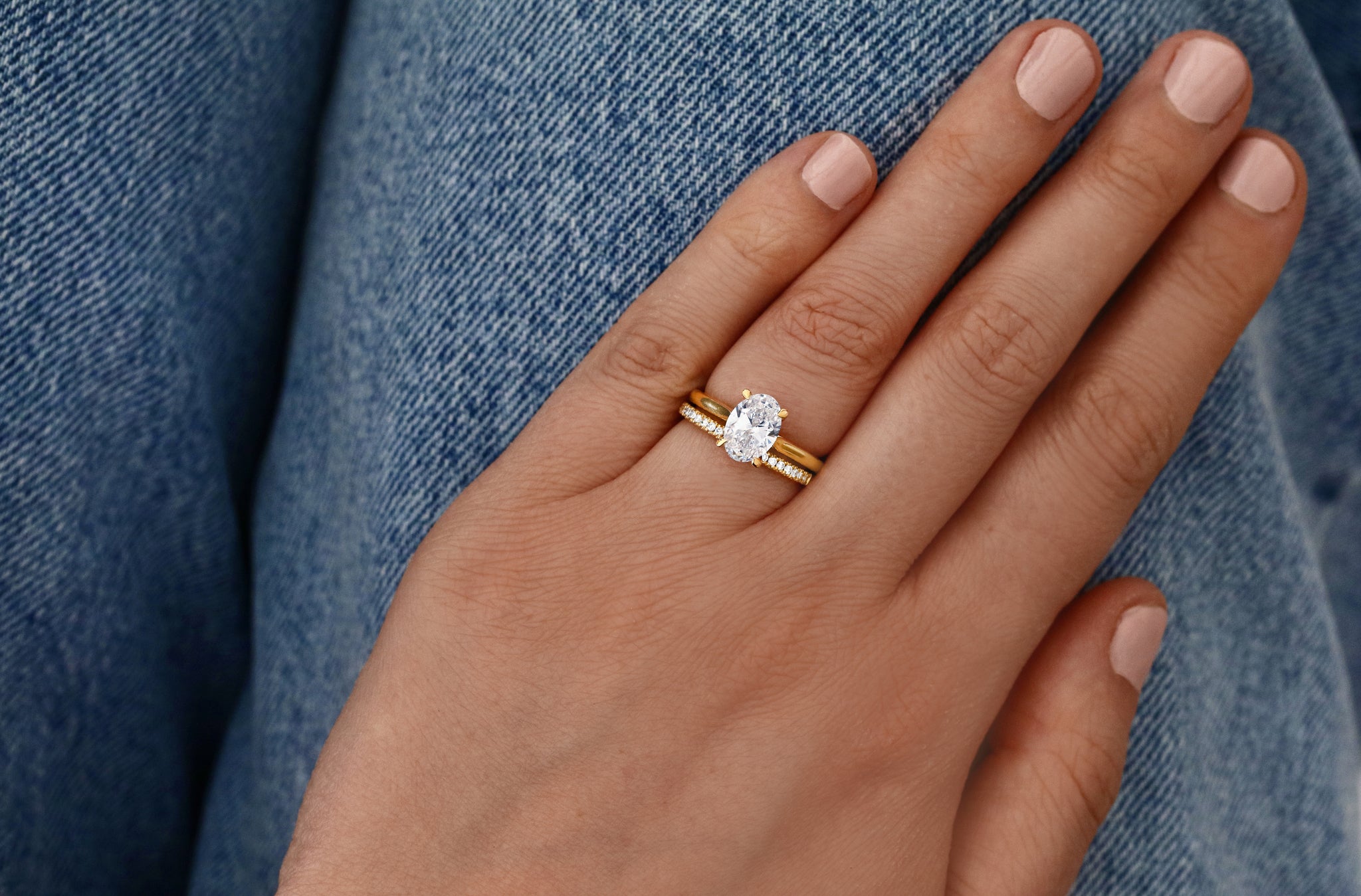Table of Contents
Introduction to Lab Grown Diamonds
In recent years, a quiet revolution has been taking place in the world of fine jewelry. As consumers become increasingly conscious of ethical sourcing, environmental responsibility, and financial value, a new trend has emerged that caters to these concerns without compromising beauty or quality: lab grown diamonds. Among the technologies leading this charge, lab grown diamonds CVD (Chemical Vapor Deposition) and lab made diamonds have become particularly prominent.
These man-made gems are nearly indistinguishable from their natural counterparts in terms of appearance, chemical composition, and physical characteristics. Yet, they come with an entirely different backstory—one shaped by science, innovation, and a commitment to doing better for both the planet and people.
What Are Lab Made Diamonds?
To understand the significance of lab made diamonds, it’s important to first clarify what they are—and what they are not. These diamonds are not cubic zirconia or moissanite, which are diamond simulants. Rather, lab grown diamonds are real diamonds, created in a controlled laboratory environment using advanced technological processes that replicate the conditions under which natural diamonds form in the Earth’s mantle.
The result is a gemstone that is optically, chemically, and physically identical to a natural diamond. Lab grown diamonds can be graded on the same scale as mined diamonds by reputable gemological laboratories, including the GIA (Gemological Institute of America) and IGI (International Gemological Institute).
The CVD Method: A Technological Breakthrough
There are two primary methods used to create lab made diamonds: High Pressure High Temperature (HPHT) and Chemical Vapor Deposition (CVD). Of the two, lab grown diamonds CVD are gaining particular attention for their precision, energy efficiency, and ability to produce high-quality gems suitable for fine jewelry.
The CVD process begins with a small diamond seed placed in a vacuum chamber filled with carbon-rich gas. This chamber is then heated to extremely high temperatures. As the gas breaks down, carbon atoms are deposited onto the seed, slowly building up a diamond layer atom by atom. Over several weeks, a gem-quality diamond forms, ready to be cut, polished, and set into exquisite designs.
This method allows for exceptional control over the growth process, resulting in fewer inclusions and high color grades. CVD diamonds are also easier to trace and verify, offering unmatched transparency in their origin.
Sustainability and Ethics: Changing the Diamond Narrative
One of the most compelling reasons for the rising popularity of lab made diamonds is their ethical and environmental advantage. Traditional diamond mining is often associated with ecological degradation, human rights concerns, and conflict zones. Although the diamond industry has made strides in improving these issues, challenges remain.
Lab grown diamonds CVD and other lab made gems offer a cleaner alternative. They require significantly less land, water, and energy to produce. According to a study by Frost & Sullivan, lab diamonds result in approximately 7 times less environmental impact than mined diamonds and up to 6,000 pounds less mineral waste per carat. Moreover, they are free from the ethical ambiguities that have long clouded the natural diamond market.
Consumers today—particularly millennials and Gen Z—are highly responsive to brands that prioritize sustainability. This shift in values has helped fuel the growth of the lab diamond industry, which is projected to reach over $29 billion by 2025, according to a report by Allied Market Research.
Quality and Value Comparison
Despite being grown in a lab, these diamonds are anything but “cheap.” However, they do offer significant savings compared to natural diamonds of the same quality—typically between 20% to 40% less in price. This affordability allows buyers to purchase larger or higher-grade stones within their budget, making luxury more accessible.
In terms of quality, lab grown diamonds—especially CVD diamonds—can match or exceed the standards of mined diamonds. They are evaluated on the same “Four Cs”: Cut, Clarity, Color, and Carat weight. Whether it’s a dazzling engagement ring or a statement pendant, many consumers find that lab made diamonds offer superior brilliance and value.
Market Trends and Consumer Sentiment
The global perception of lab made diamonds has evolved dramatically over the past decade. Once seen as a novelty or a compromise, these diamonds are now embraced by celebrities, influencers, and major jewelry retailers. Brands like Pandora and De Beers have even launched dedicated lab-grown collections, signaling a mainstream acceptance that would have been unthinkable a few years ago.
Consumer surveys reveal a growing openness to lab grown diamonds, especially among younger buyers. A 2021 MVI Marketing study showed that 70% of millennial respondents would consider a lab grown diamond for an engagement ring. Factors driving this shift include not just price, but also the desire to align purchases with personal values like sustainability, innovation, and transparency.
Are Lab Grown Diamonds Here to Stay?
Given their growing popularity, it’s safe to say that lab grown diamonds CVD and other forms of lab made diamonds are not just a passing trend—they represent the future of fine jewelry. Jewelers are adapting, consumers are responding positively, and the technology continues to improve at a rapid pace.
As awareness spreads and misconceptions are dispelled, more people are discovering that choosing a lab diamond doesn’t mean sacrificing beauty or tradition. It simply means embracing a smarter, more ethical way to celebrate life’s most meaningful moments.
Conclusion
The emergence of lab grown diamonds CVD and lab made diamonds is reshaping the jewelry industry from the inside out. By marrying scientific innovation with timeless beauty, these gems offer an ideal blend of ethics, aesthetics, and economics. Whether driven by a desire to protect the planet, make a socially responsible choice, or simply get more value for their money, today’s consumers are increasingly opting for diamonds made in the lab—but destined for hearts.
As we move forward, the sparkle of the future may well be one that was grown, not mined—proof that beauty, love, and responsibility can indeed go hand in hand.







